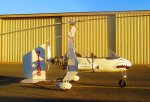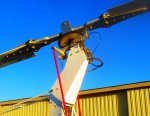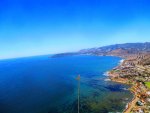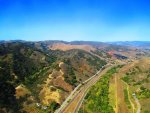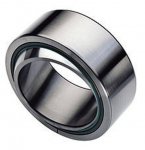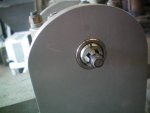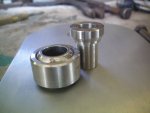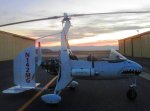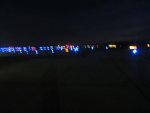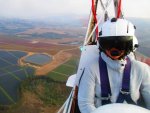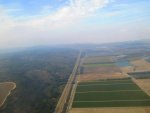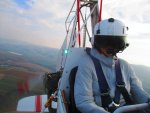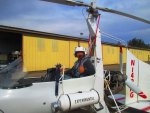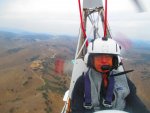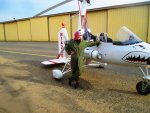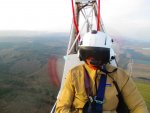- Joined
- Oct 30, 2003
- Messages
- 18,374
- Location
- Santa Maria, California
- Aircraft
- Givens Predator
- Total Flight Time
- 2600+ in rotorcraft
These bearings always puzzle me Eddie.
I inspect and lubricate the bearings every 50 hours when I change the oil.
These bearings have 150 hours on them and when I inspected them at 100 hours there was no evidence of wear.
They had the matt finish of a happy bearing.
On my recent flight to El Mirage the cyclic seemed particularly smooth.
The cyclic seemed smooth on my last training mission with a 210 pound client in the back.
There are times when the stick shake is annoying in The Predator.
I was disappointed I didn’t get to test fly the new set up.
I had inspected the cheek plates the day before and did not find the crack. I only flew two point two hours since the last preflight.
Sometimes my clients wonder why I inspect her before every flight.
There was no evidence of any other cracking anywhere on the cheek plates.
I suspect this crack would have taken a long time to go anywhere because it went from a nicely finished hole to the edge.
It was not a theory I wanted to test.
I inspect and lubricate the bearings every 50 hours when I change the oil.
These bearings have 150 hours on them and when I inspected them at 100 hours there was no evidence of wear.
They had the matt finish of a happy bearing.
On my recent flight to El Mirage the cyclic seemed particularly smooth.
The cyclic seemed smooth on my last training mission with a 210 pound client in the back.
There are times when the stick shake is annoying in The Predator.
I was disappointed I didn’t get to test fly the new set up.
I had inspected the cheek plates the day before and did not find the crack. I only flew two point two hours since the last preflight.
Sometimes my clients wonder why I inspect her before every flight.
There was no evidence of any other cracking anywhere on the cheek plates.
I suspect this crack would have taken a long time to go anywhere because it went from a nicely finished hole to the edge.
It was not a theory I wanted to test.

